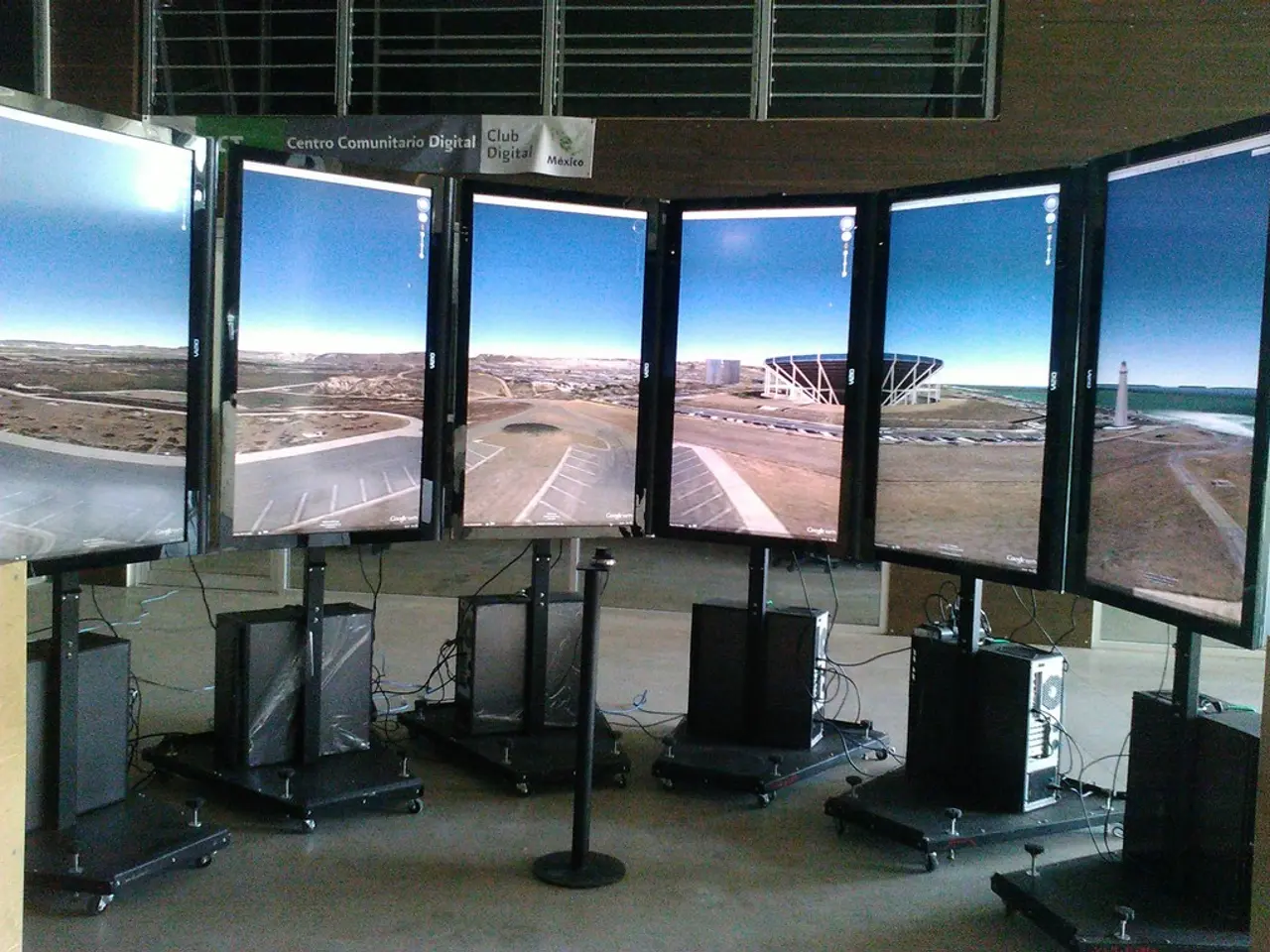Top Recommendations for Upgrading Switchgear Equipment
In the heart of industrial operations lies the unsung hero - switchgear. Often referred to as the "guardian of the grid," switchgear plays a crucial role in managing electrical power distribution, ensuring efficient power flow, and protecting against overcurrents and short circuits.
As facilities age, switchgear components can become less reliable and prone to failure. Delaying its replacement can lead to costly unplanned downtime, safety hazards, and significant financial losses. To avoid these pitfalls, a proactive approach is essential.
Regular Preventive Maintenance
Implementing a rigorous preventive maintenance program is the first line of defence. Daily or weekly visual inspections to detect loose connections, corrosion, moisture, and dust, followed by monthly or quarterly torque checks and periodic physical and non-physical tests such as insulation resistance tests and thermography (infrared scanning), can reveal internal faults before failures occur.
Timely Modernization or Retrofitting
Updating or retrofitting aging switchgear is another strategy. Retrofitting components like circuit breakers and incorporating modern safety features can reduce downtime and expense compared to full replacement, while also extending equipment life and enhancing protection against arc flash hazards.
Strategic Replacement
When necessary, replacing outdated switchgear is crucial, especially if it contains known unsafe components prone to failure. Modern switchgear includes arc flash protection and is designed for today’s electrical load demands to safeguard personnel and equipment.
Adopting Advanced Technologies
Adopting advanced technologies for arc fault prevention, such as SF6-insulated switchgear and continuous gas monitoring systems, can minimize arc flash incidents and improve electrical safety in high-voltage installations.
Engaging Expert Service Providers
Engaging expert service providers for thorough annual inspections, emergency response, repairs, and component upgrades can help maintain reliability and comply with industry standards, reducing the probability of unplanned outages.
In summary, an effective plan combines frequent inspections and testing, modernization or retrofits to incorporate safety and efficiency improvements, and replacing high-risk outdated equipment before failure occurs. This approach minimizes downtime, reduces financial risks, enhances worker safety, and helps maintain regulatory and insurance compliance in industrial facilities.
It's essential to remember that updating switchgear can help prevent electrical issues before they occur, ensuring uninterrupted power distribution. The typical lifespan of switchgear is 25-40 years, but many companies wait until the 40-year mark to consider quotes for new switchgear systems despite recognizing their outdated nature. Retrofitting existing switchgear is another option for upgrading, which can save significant costs in equipment and labor expenses compared to complete system replacement. Modernizing switchgear can also incorporate new safety features and protection technologies to enhance electrical system performance and reliability. Upgrading circuit breakers and components is an option for updating switchgear, which can be completed in 25-30 weeks compared to 60 weeks for full replacement. Modern safety features and protection technologies can be incorporated during the upgrade of circuit breakers and components.
- Incorporating modern safety features and protection technologies through the upgrade of circuit breakers and components can help minimize unplanned downtime, safety hazards, and financial losses by enhancing electrical system performance and reliability within the manufacturing industry.
- To ensure uninterrupted power distribution and prevent electrical issues before they occur, it is advisable to consider retrofitting existing switchgear instead of waiting for complete system replacement at the end of its typical lifespan (25-40 years), thus saving significant costs in equipment and labor expenses and maintaining regulatory and insurance compliance in the technology sector.




